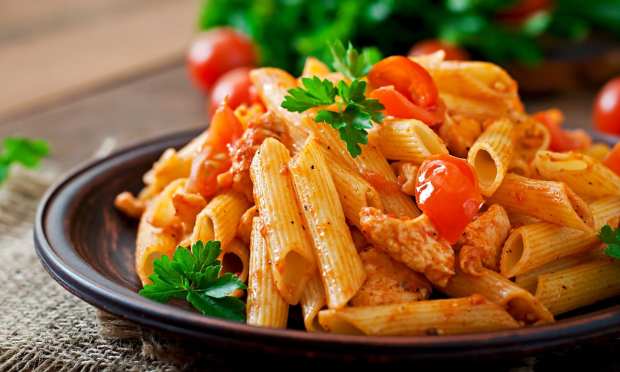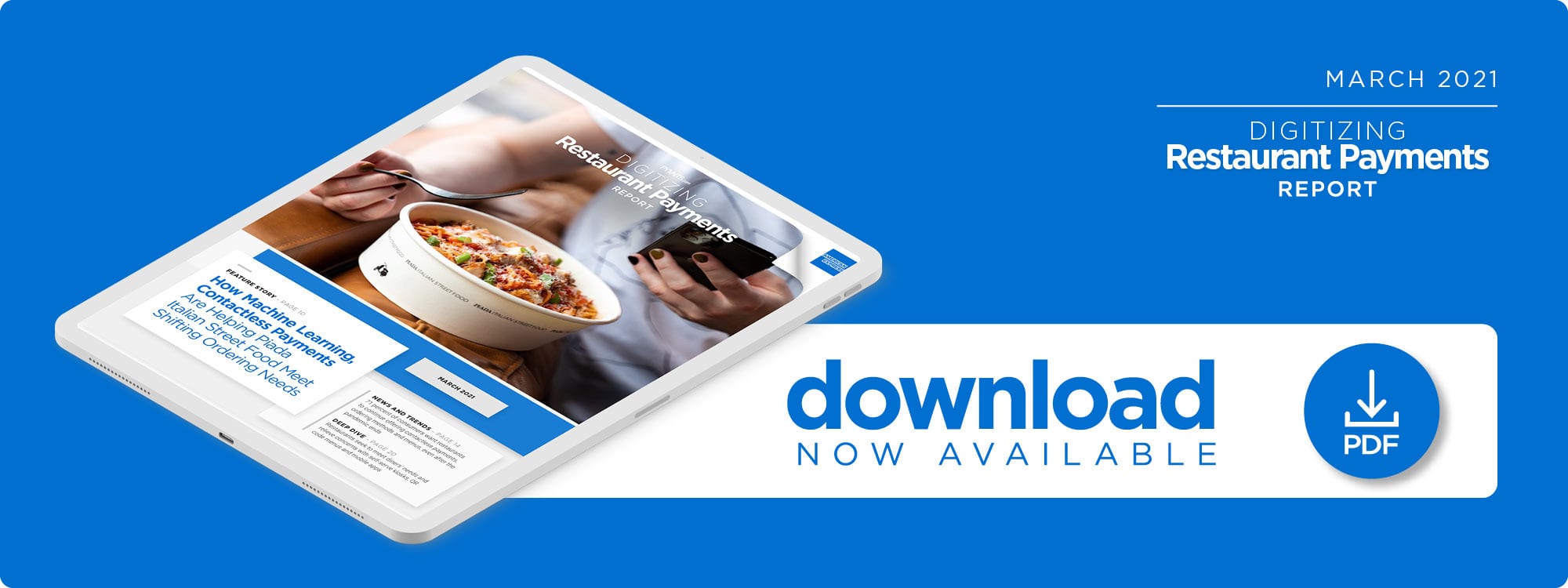How Machine Learning, Contactless Payments Are Helping Piada Italian Street Food Meet Shifting Ordering Needs

Restaurants must be creative in how they work to stand out — both in what they offer on their menus as well as which channels they support for food orders.
Consumers are flocking even more to online and mobile tools to find their meals in the wake of the pandemic, meaning eateries must work swiftly to ensure they can support orders from various platforms to stay competitive.
Leaning on an all-in-one platform that funnels orders to one interface can help restaurants process them seamlessly, said Matt Harding, senior vice president of Culinary and Menu Innovation at Italian fast casual restaurant chain Piada Italian Street Food. Harding spoke with PYMNTS along with Piada Director of Technology Jason Profitt to explain how the chain’s digital ordering features, including its website, branded mobile app and loyalty and rewards program, are all collectively managed through Piada One, a holistic system the company developed in-house.
Piada, which has 38 locations in six states, is also looking to integrate new technologies, such as machine learning (ML), to help analyze collected data and use it for more personalized customer experiences.
“To the ML part of it, that is something that we are going to be pretty heavily investing in [during] 2021,” Profitt said. “Now that we have everything under our own ecosystem, we have a lot more of an ability to really leverage the data that we already have and act on it in a way that is going to be more [like] operating with a scalpel versus with a chainsaw … We see that as something that is going to be a big win for us in 2021.”
Effectively applying tools like ML means tracking how consumers are currently ordering or paying as trends keep changing as the health crisis continues. This is something that is especially crucial currently, as diners are experimenting with a larger variety of contactless payment and ordering tools that are being introduced to meet demand.
Payments A La Carte
Consumers are using a growing number of channels to order food, with convenience most often the factor driving the choice. Mobile ordering is no longer the purview of tech-savvy millennials or younger consumers, Harding explained. The closures of brick-and-mortar locations largely made digital ordering a necessity for all generations, and that digital convenience is now changing what consumers expect from all channels as in-person dining recovers. This is the impetus behind Piada’s examination of contactless payments, Profitt said.
“There are instances where somebody has that little mini panic when they get to the checkout and [go], ‘Oh man, I forgot my wallet,’ but they [have] their phone,” he said. “[Those are] really the guests that we are looking [to target] for [contactless]. … We look at it to be a bit of a convenience factor.”
Piada aims to roll out contactless payments support later this year, Profitt continued. Restaurants must research which touchless payment methods will best suit their existing models as well as which of these tools are currently capturing diners’ interest. Solutions like QR codes are experiencing a resurgence, although consumers tend to use them for very particular interactions with their chosen eateries, according to Harding.
“I think everybody really thought that QR codes were the MySpace of the payment technology platform,” Harding said. “But they have really come back strong in terms of payment [and] even in terms of menus. How many restaurants do you go to and they have a QR code and [say], ‘Hey, this is our menu?’”
The eatery’s sister restaurant, Lindey’s, recently implemented QR codes for orders, he added, and 25 percent of guests are now using them when it comes time to pay. QR codes do not align as well with the fast casual dining model implemented by Piada, Harding admitted, where other touchless payment solutions like tap and pay or mobile-enabled payments can help keep lines moving at the necessary speeds. Tracking consumer payment behaviors is only the first step restaurants must take to help drive engagement, however.
Playing The Long Game
Implementing the ordering tools and payment technologies to which consumers are now flocking will be critical to keeping those diners invested, but eateries should not assume these preferences are set in stone, Harding warned.
“Consumer wants and preferences are actually still changing, and you cannot apply previous situations to what the guest is going through now,” he said. “I think everybody believes that the guest is going to return very slowly to kind of a blend of digital and in-person. … The biggest opportunity is to have the technology piece, the operational piece, the guest service piece … and we all kind of think we know where that’s going to [be]. … But I think you have to be a little fluid, and you have to make sure that you have your base work done.”
The ability to pivot swiftly to meet these shifting needs and frictionlessly fulfill orders is more critical than ever, as digital’s convenience is now both expected and necessary. Restaurants will have to work quickly and intelligently to ensure they can stay on top of these trends.

